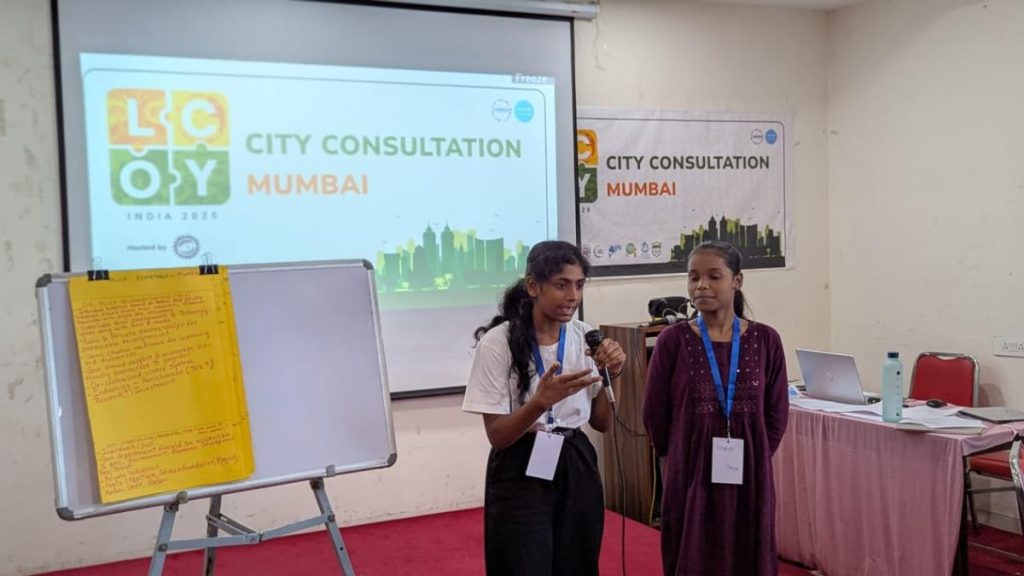Now Reading: DK Shivakumar Admits Failure to Tackle Bengaluru’s Garbage Mafia
-
01
DK Shivakumar Admits Failure to Tackle Bengaluru’s Garbage Mafia
DK Shivakumar Admits Failure to Tackle Bengaluru’s Garbage Mafia

Swift Summary
- Garbage management: Deputy Chief Minister D.K. Shivakumar admitted that both the BJP and his government have failed to control the garbage mafia in bengaluru. Tenders for garbage disposal have been issued in each Assembly constituency, with four locations identified for waste disposal.
- Waste disposal Study: Officials studied waste management models in Delhi, Chennai, and Hyderabad but not Indore-India’s cleanest city as per recent rankings.
- Pothole Repairs and Roadwork:
– ₹9,200 crore allocated for filling potholes, white-topping roads, installing LED lights, etc.
– 5,377 potholes filled so far; another 5,000 will be addressed soon with public involvement encouraged via video submissions.
– Plans to widen flood-prone roads and spend ₹3,000 crore on evacuating low-lying area residents during monsoons with compensation provided.
- Stormwater Drains: A ₹2,000 crore World Bank fund will be used to mitigate flooding by developing stormwater drains across the city.
- Double-decker Flyover plan:
– A proposed Nagpur-inspired double-decker flyover (road + metro) totaling 44 km at a cost of ₹9,000 crore aims to ease traffic congestion.
– Another project involves constructing a 109-km elevated road at an estimated cost of ₹13,000 crore.
- Water Supply Expansion: The sixth stage of Cauvery water supply is planned at a budget of ₹6,000 crore to cater to newly added villages around Bengaluru.
- E-Khata Implementation:
– E-khatas issued to 7.2 lakh households ensuring fraud-free property transactions and tax compliance. Transitioning ‘B’ khata properties into ‘A’ khatas is underway.
Indian Opinion Analysis
Bengaluru’s growing challenges in urban governance reflect broader issues faced by rapidly expanding cities across India. The state’s acknowledgment of failing to curtail the “garbage mafia” highlights persistent inefficiencies despite tendering processes aimed at transparency. Effective implementation remains key as improperly managed tenders may perpetuate existing problems.Plans targeting infrastructure progress-such as large-scale road advancement projects (₹9k+ crores for connectivity) or innovative double-decker flyovers-are enterprising but hinge on proper execution amidst budgetary constraints or land acquisition hurdles ofen associated with such mega projects.
Simultaneously occurring, significant funding from entities like the World Bank could alleviate monsoon-related hazards if flood mitigation systems are timely executed without delays caused by bureaucratic bottlenecks common within urban development departments.
The rollout of e-khata systems fostering digital property records stands as an encouraging move toward transparency while alleviating fraudulent practices but must avoid alienating less tech-savvy segments who could face integration difficulties into these digitized frameworks over time.For Read More:

























